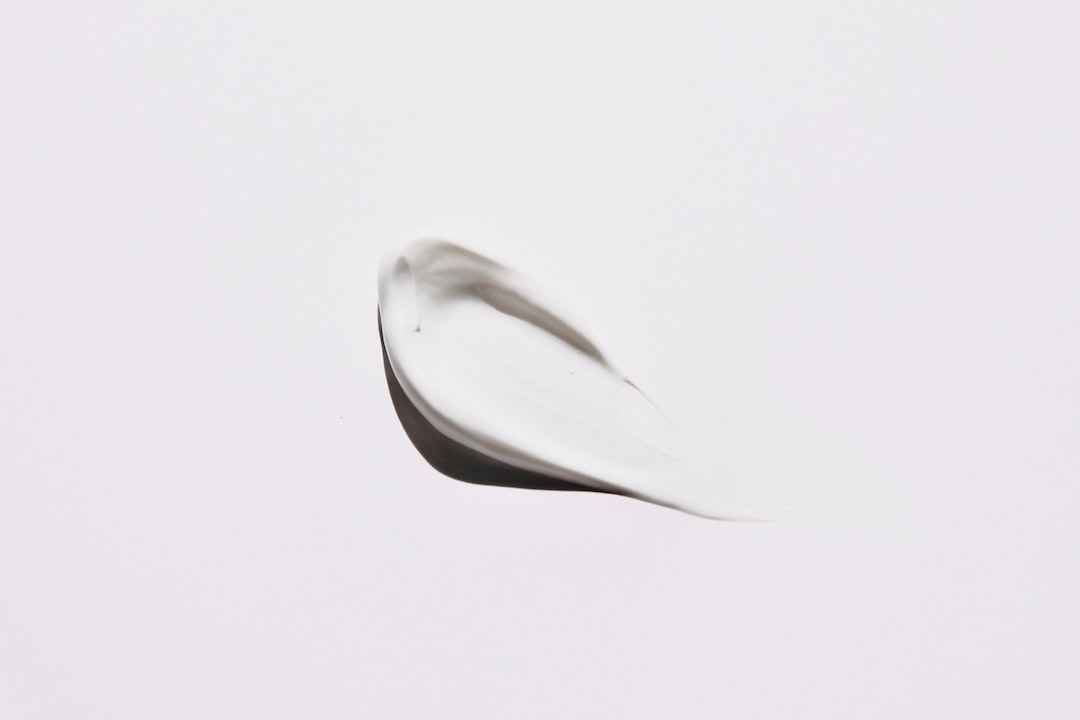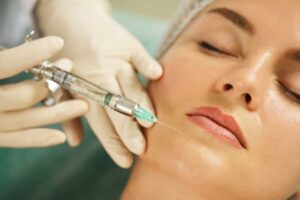The Benefits of Skin Brightening Products for Aging Skin
Brightening serums can help reduce dullness by gently exfoliating and hydrating the skin. They can also improve skin tone, diminish dark spots and acne scars, and promote collagen production for healthy, supple skin.
Look for hydration-boosting hyaluronic acid, antioxidant-rich green decaffeinated coffee, botanical licorice root, and water lily extract to revive dull, dry complexions. And brightening ingredients such as niacinamide and retinol help maintain skin elasticity and combat signs of aging.
Vitamin C
Vitamin C is a potent antioxidant and can help brighten skin by evening out tone and decreasing discoloration. It also helps boost collagen, a significant component of skin. It’s often found in serums, liquid, or gel formulas you apply to the skin twice daily (morning and night).
The vitamin can protect against free radical damage caused by environmental stressors such as the sun, pollutants, smoke, X-rays, and more. It donates electrons to these molecules, neutralizing them and preventing cellular damage.
A powerful skin care ingredient, topical Vitamin C, can be used alone or combined with other actives, such as retinol, making it more effective. “Vitamin C is an excellent brightening agent and can also be used to reduce the appearance of dark spots,” says NYC dermatologist Joshua Zeichner, MD.
This power-packed serum from Mary Kay includes not one but three sources of vitamin C for optimal results. In addition to pure L-ascorbic acid, it contains amla fruit extract, a natural source of Vitamin C with a high antioxidant capacity that helps support skin health and natural collagen production.
Arbutin
One of the most popular ingredients in the best skin brightening products, arbutin, is often found in skin lighteners and anti-aging products. It’s a naturally occurring plant chemical found in plants in the Ericaceae family. Still, it can also be made synthetically or derived from hydroquinone (the original skin-lightening ingredient now banned in some countries). Chang says that while many dark spot-fading elements are too harsh for sensitive skin, arbutin is gentle and less drying. “Arbutin reduces the appearance of dark spots by inhibiting tyrosinase activity, preventing melanin production,” she says. “This helps prevent or eliminate brown spots and improves the complexion.”
Ginger King, cosmetic chemist and president of Grace Kingdom Beauty, explains that alpha-arbutin is the more potent form of the ingredient. However, if you see a product with just ‘arbutin’ listed as an ingredient, it may contain the beta variant. She says the two are similar, but alpha is more effective and safe for all skin types (though she advises patch testing to be sure). Combining it with other ingredients like vitamin C, kojic acid, and licorice extract is also a good idea to help fade dark spots and even your skin tone.
Acids
The brightening ingredients found in serums typically work by eliminating discoloration and reducing the appearance of fine lines. But many of these formulas also impact the lipid barrier, which can protect against age-accelerating environmental toxins.
Depending on your skin tone, consider formulas with more intense brightening ingredients, like hydroquinone (which inhibits melanin production and eventually fades dark spots). Or, you might prefer more natural options, such as alpha arbutin or kojic acid, which can minimize dark spots and uneven skin tone.
Ferulic acid is another excellent ingredient to add to your brightening lineup, which targets discoloration and helps the complexion repair itself against free radical damage. You can find it in this brightening serum, which also contains rejuvenating peptides, antioxidants, and hyaluronic acid to improve skin texture and reduce fine lines.
If you have dull, dry skin that is often flaky and rough, a brightening serum with a calming, hydrating blend may be your best option. Look for soothing ingredients such as niacinamide, shea butter, ceramides, and botanical hyaluronic acid to help hydrate the complexion and protect against oxidative stress from pollution and free radicals.
Liquorice Root Extract
Licorice root (scientific name: Glycyrrhiza glabra) is where the candy we know and love comes from; it also has skincare benefits that are just as sweet. The plant is a potent brightener, thanks to its natural lightening compounds (including glabridin) and antioxidants.
It’s an excellent ingredient for addressing dark spots or hyperpigmentation from sun damage. Glabridin stops melanin production in its tracks and helps even out discoloration—plus, it has UV-blocking properties so that new sites won’t form.
The plant is also a good anti-inflammatory and can soothe the skin. That’s especially true if you have eczema or other itchy, dry skin conditions.
Look for products pair licorice root with other skin-brightening ingredients and hydrates for best results. For example, one Byrdie favorite, Visha Skincare’s Advanced Correcting Serum, pairs glabridin with retinol, vitamin C, a natural hydroquinone alternative complex of African potato and tara tree, exfoliating lactic acid, and toning lemongrass. And it does all of that in a non-comedogenic product formulated to minimize breakouts. Yes, please.
Kakadu Plum
Kakadu plums are a native Australian fruit with one of the highest known concentrations of vitamin C, plus 4.7 times more antioxidants than blueberries. This makes it a powerful skincare ingredient, mainly used topically in oil-based serums, moisturizers, and creams. Besides brightening skin, it also helps reduce wrinkles and sun damage.
Kakadu Plums also contain two beneficial plant acids: gallic and ellagic acid. These acids help inhibit the activity of tyrosinase, an enzyme that causes melanin production in your skin. They also have anti-inflammatory properties to calm redness caused by acne and dark spots.
It is a popular skincare ingredient traditionally used by tribals thanks to its multiple benefits. It boosts your skin’s natural antioxidant defenses, improves elasticity, reduces age spots, and evens skin tone. What more could you want from a beauty ingredient?







0